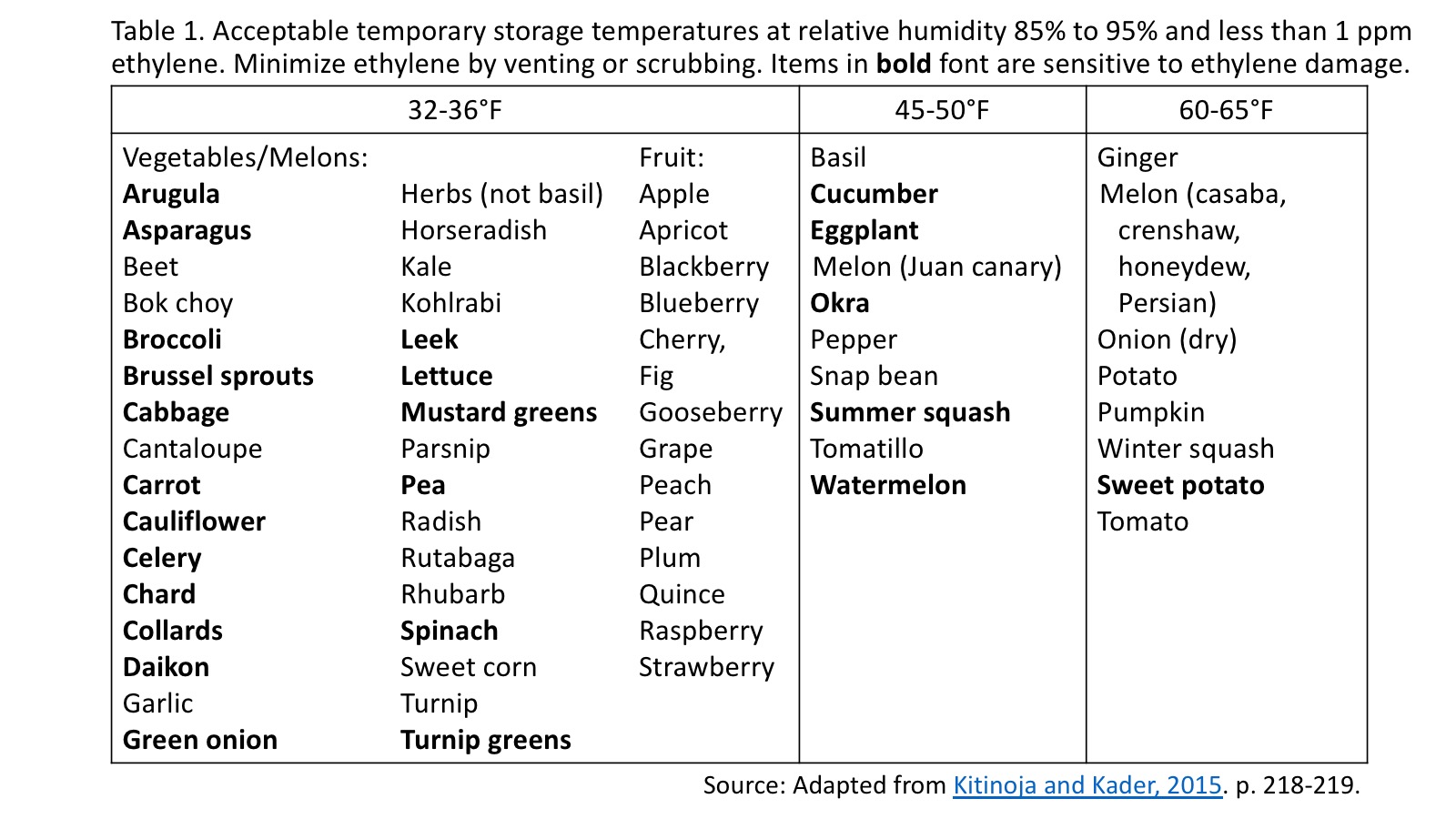Farmers markets and farm stands will be opening soon if they aren’t already open. Vendors and market managers will be implementing new practices to reduce the spread of the novel corona virus. Guidelines for practices at Indiana farmers markets are summarized in a new publication from Purdue in cooperation with Indiana State Department of Health, Indiana Grown, and other organizations.
In addition to getting familiar with these new practices, it’s a good time to review ways to keep produce fresh between harvest and sale. Vegetables quickly lose quality after harvest if not properly cooled and stored. Cooling slows biochemical processes in the harvested produce, helping to maintain flavor and minimize decay. Preventing water loss by maintaining appropriate relative humidity reduces weight loss and shriveling or wilting. Even when post-harvest care at the farm is adequate, keeping produce fresh at a farm stand or farmers market can be a challenge. Vegetables that look beautiful just after harvest can quickly lose their appeal after a few hours of sun and wind on a market stand. Consider these guidelines for keeping produce at its freshest.
1) Start with properly cooled produce. Avoid harvest during heat of the day if possible, keep harvested produce in the shade, remove field heat by cooling immediately after harvest, and store at proper temperature and relative humidity. See p. 42 in the Midwest Vegetable Production Guide for 2020 for optimum storage conditions for a number of crops. For short-term storage, see Table 1 below, with vegetables grouped according to acceptable short-term storage temperatures.
2) Provide shade at the market.
3) Provide windbreaks if market is in a windy location. Wind speeds water loss from produce. Water loss reduces the weight of the produce and results in shriveling or wilting.
4) Use ice for crops that tolerate it: asparagus, cole crops, leafy greens, leeks, green onions, beets, carrots, radishes, turnips, lettuce, sweet corn. Crops can be placed directly on crushed ice on a display table. At a farmers market it may be easier to rest produce on refreezable cold packs covered with a clean towel or ice in plastic bags. Ice should be made from potable water.
5) For crops that tolerate it, mist with clean cold water: broccoli, leafy vegetables, green onions, root crops, peas. Misting maintains high relative humidity. Water should be of drinking water quality and stored in a clean container.
6) Display in shallow containers to minimize bruising. Bruised produce will decay more quickly. Shallow containers are also more easily cooled.
7) Keep produce that is not on display as close to proper temperature and relative humidity as possible. It’s not necessary to display all the produce at once. Consider displaying enough to get through busy periods and then restocking as it is sold to minimize the time produce is not under optimum storage conditions.
